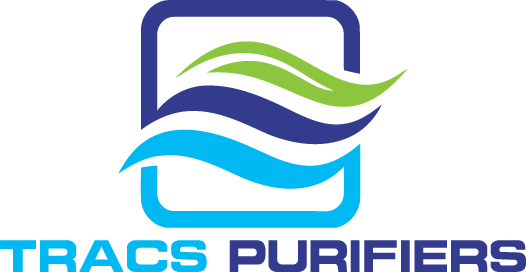Well Building Standard for Air Quality
This is how you can increase the air quality in your building and become WELL Building certified.
A box we live in...
Let’s face it, we spend most of our lives inside. There’s a micro-universe in each office, restaurant, or building within which we work. Our daily share of breathed air, the photons our eyes absorb, each scent that skims our nostrils - all takes place within the same walls, and all unfailingly affects our bodies, whether it’s healthy... or harmful.
Is indoor pollution that bad?
Certain elements from the indoors environment affect us to such a degree that there’s an actual condition called sick building syndrome (SBS). We could be experiencing anything from severe headaches and digestion problems, to chronic diseases such as asthma, and never actually figure out why!
For ethical purposes, you should pursue WELL certification
In the fight against indoor pollution, occult diseases, and improper work environments, the WELL Building Standard has been devised by the real-estate company Delos. It aims to enhance human comfort and health, and it is based on well-reviewed, abundant scientific research.
Having your building certified by WELL, signals that you provide the highest quality environment to your employees, and places your business among the visionary leaders of a more prosperous future.
Besides: cared for employees will truly care for their employer.
How your building can become WELL certified
To become WELL certified, you must first register and submit the required documentation. Post-registration, you gain access to a coaching team and a database of resources to help guide you towards certification. Afterward, a thoroughly trained WELL Performance Testing Agent will arrive on-site to perform measurements of the following parameters:

|
 |
 |
| Air Quality | Water Quality | Light Attributes |
 |
 |
|
| Thermal Considerations | Acoustic Elements |
Some of the collected samples will be analyzed by a third-party laboratory, and a report will soon be available to let you know whether you have achieved the certificate, or still need to redress certain aspects.
As you may have guessed, air quality is the most impactful element in the environment. Left unregulated, all sorts of pollutants creep around and enter our lungs constantly: mold, carbon monoxide, ozone, particulate matter, VOCs, bacteria, viruses, and the list goes on. Many of these have the potential to induce cancerous growth, in time, which is why air quality is closely examined when it comes to becoming WELL certified.
How to fulfill the air quality standard with TRACS Air Purifiers
WELL requires that a comprehensive list of air pollutants are kept under certain values, and recommends the following as adequate:
- Air purifiers that employ carbon filters
- Filters must be replaced accordingly
- The device’s power must be appropriate for the size of the room
- Ultraviolet germicidal irradiation for spaces with more than 10 occupants
We offer highly proficient air purifiers that filter the air based on a multi-stage formula:
- 100% Carbonweb pre-filters
- Ultraviolet-C (the most active) radiation that inactivates bacteria and viruses at 99.9% performance
- Medical-grade HEPA filters that clear the air from allergens and pollutants
- Light indicator for a precise HEPA filter and UV-C lamps replacement
- The silent operating mode will not undermine the acoustic parameter
Depending on the room size that needs to be covered, you can choose which air purifier is right for you:
- Up to 1000 square feet- portable air purifier
- Up to 2000 square feet- ceiling mounted
- Up to 4000 square feet- ceiling mounted
For smaller businesses with less than 10 occupants/room, you can opt for a more affordable air purifier that doesn’t employ UV-C lamps.
Train people well enough so they can leave
Treat them well enough so they don’t want to

